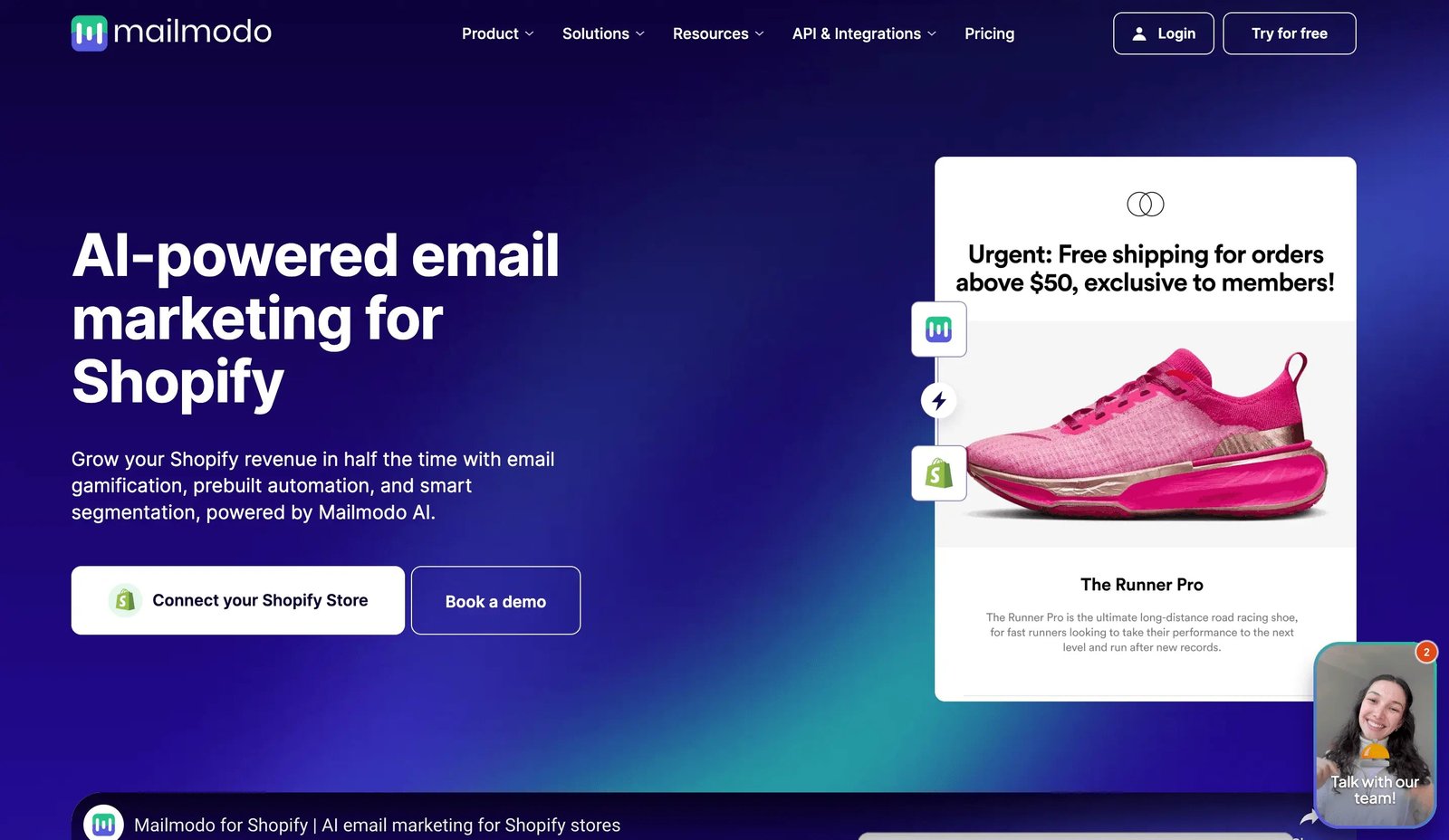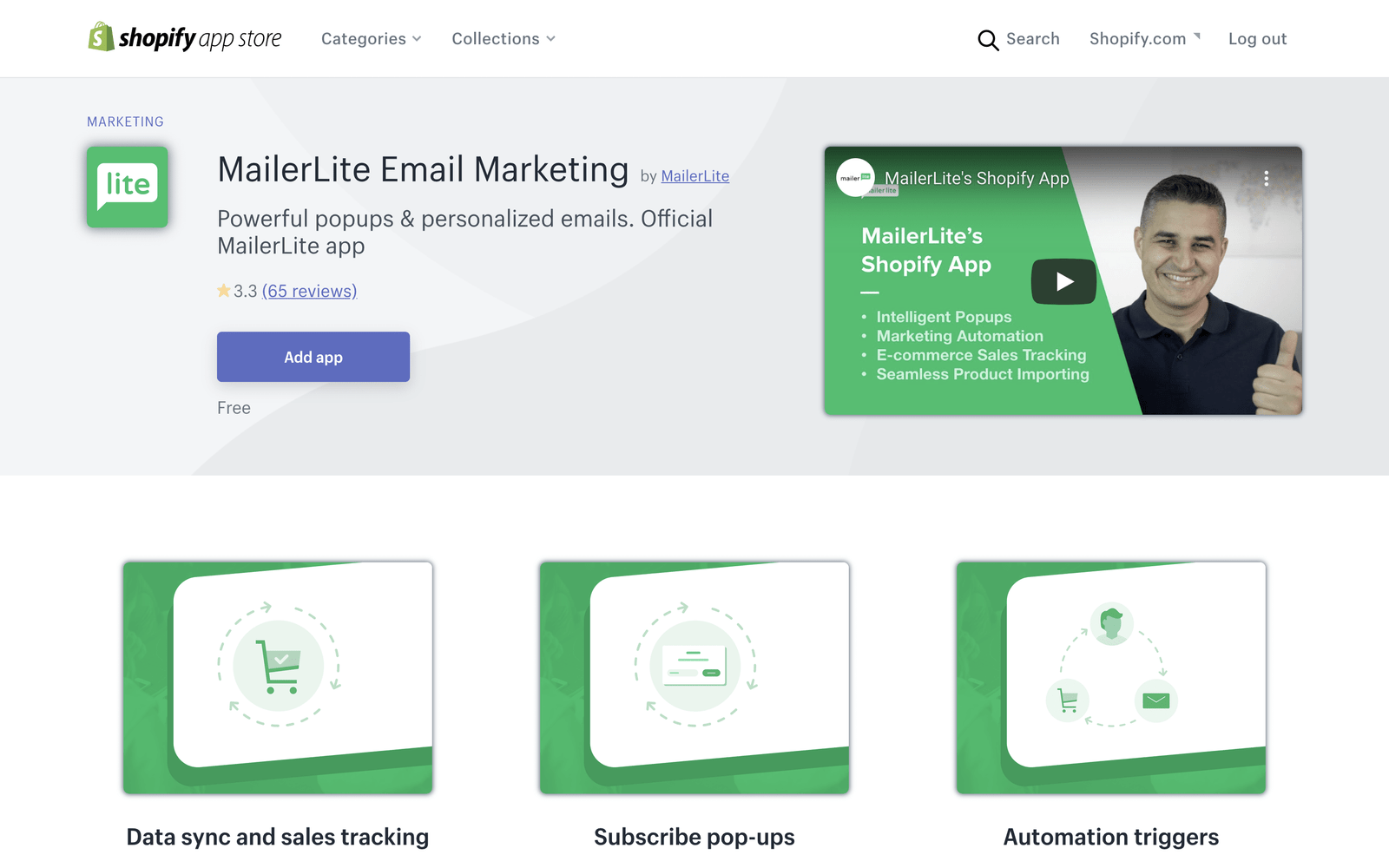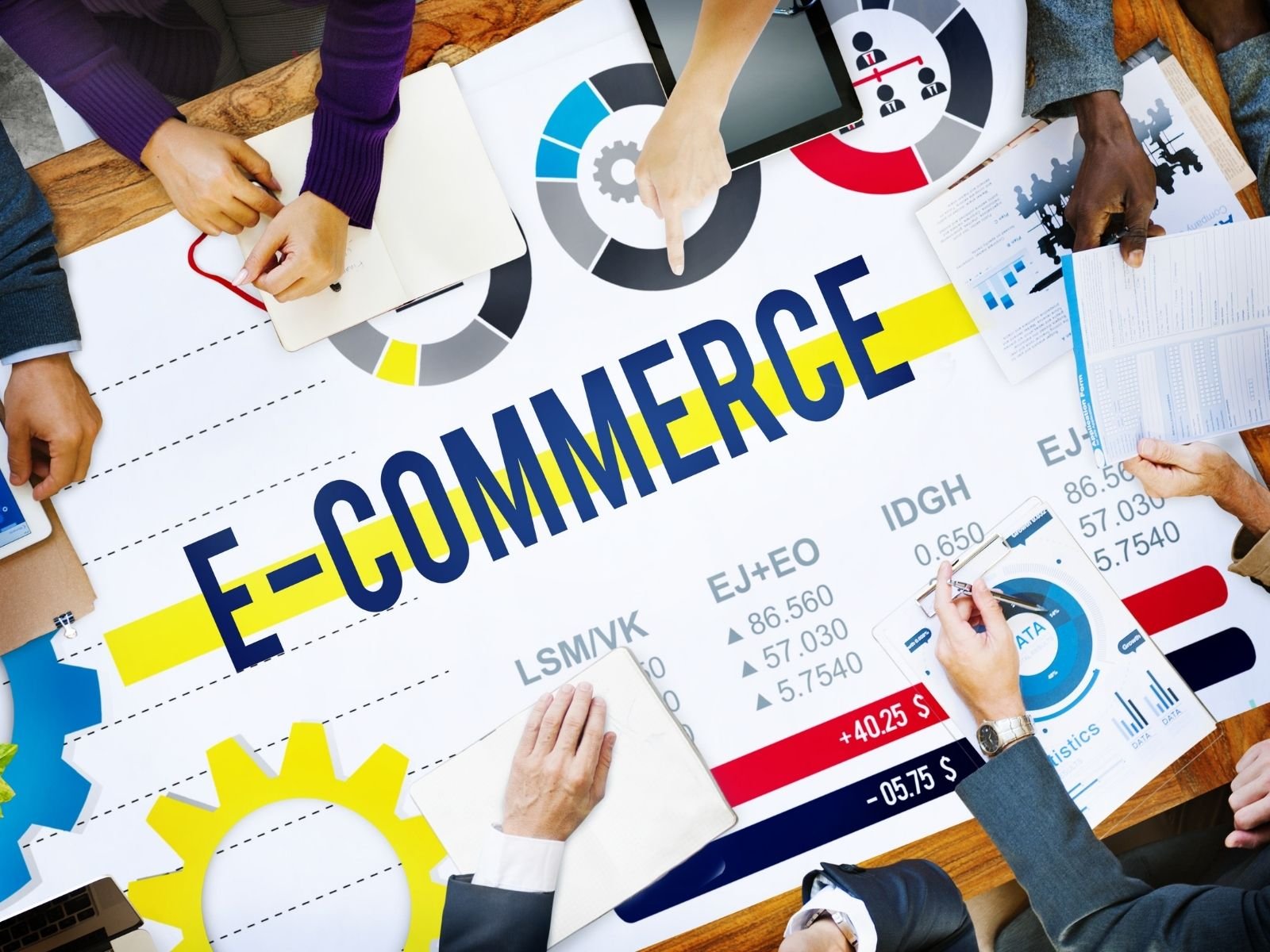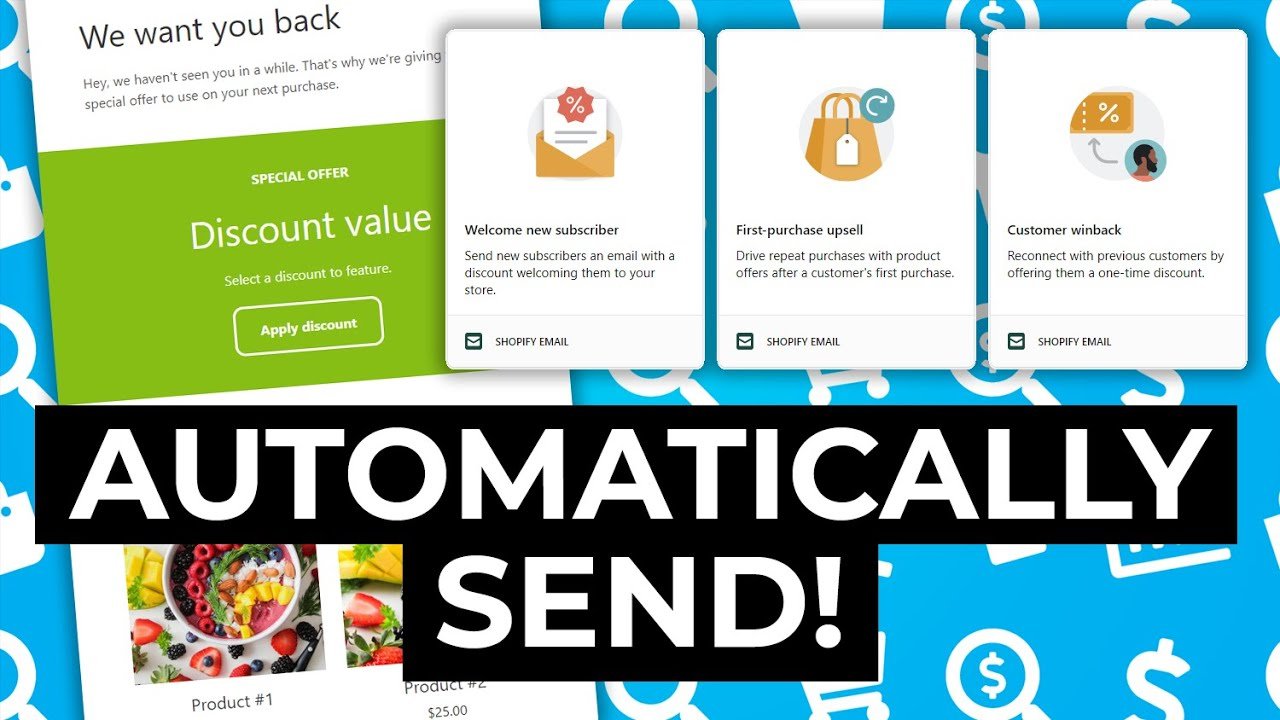Shopify Marketing Automation: Boost Your Sales with Smart Tools
In today’s fast-paced digital marketplace, the importance of leveraging technology cannot be overstated. Among the various tools available, Shopify marketing automation stands out as a game-changer for e-commerce businesses aiming to enhance customer engagement, streamline operations, and boost sales. By automating key marketing processes, Shopify enables brands to focus on what matters most: building relationships with their customers while maximizing operational efficiency.
Understanding Email Automation

Email automation is crucial for online marketing, helping businesses engage with their audience efficiently. In Shopify, it involves automatically sending emails triggered by customer actions, from welcome notes to cart abandonment reminders.
The advantage of email automation is its ability to deliver timely, relevant messages without manual effort. This aids e-commerce merchants in nurturing leads, converting prospects, and maintaining engagement post-purchase, thereby fostering loyalty and boosting repeat sales.
Why Email Automation Matters in E-Commerce
As e-commerce grows, online businesses must differentiate themselves amid competition. Customers now seek personalized interactions and prompt communications, which email automation provides by ensuring timely, relevant messaging.
Automated emails often outperform traditional marketing, achieving better open rates, click-through rates, and conversions. Studies show these campaigns enhance engagement significantly compared to regular newsletters, reaching the audience when they are most receptive.
Essential Elements of a Successful Email Automation Strategy
A winning email automation strategy requires several essential parts. First, know your audience, understanding their preferences and pain points allows you to craft impactful messages.
Next, define your goals. Whether it’s increasing sales, nurturing leads, or building brand awareness, clear objectives guide effective automation design.
Finally, ongoing optimization is vital. Regularly monitor campaign performance metrics and adjust strategies to enhance effectiveness continuously.
The Benefits of Using Shopify for Email Automation

Shopify offers a robust platform for email automation, providing merchants with various features and benefits that enhance their marketing efforts. One significant advantage is the seamless integration of email marketing tools directly within the Shopify environment. This allows for easy management of customer data and targeted messaging.
Additionally, Shopify’s user-friendly interface reduces barriers for small business owners who may not have technical expertise. It enables them to set up and manage automated campaigns without the need for extensive coding knowledge or hiring outside help.
Seamless Integration with Shopify’s Ecosystem
One of Shopify’s standout features is its ecosystem, which encompasses various apps and integrations designed to work together harmoniously. For instance, integrating popular email marketing platforms like Klaviyo or Mailchimp allows businesses to leverage advanced segmentation, analytics, and customization capabilities.
This seamless integration ensures that all customer interactions are captured in one place, facilitating a data-driven approach to crafting personalized email campaigns. With everything under one roof, merchants can automate their emails based on real-time customer behavior, leading to better targeting and relevance.
Time and Resource Efficiency
Time is often a luxury for busy entrepreneurs. Automating email campaigns provides a way to save precious hours while still engaging customers effectively. Once a campaign is set up, it runs autonomously, sending emails at specified intervals or in response to customer actions without further intervention.
This time-saving aspect frees up valuable resources, allowing merchants to focus on other critical areas of their business, such as product development, customer service, or exploring new marketing avenues. Ultimately, this efficiency translates into increased productivity and profitability.
Enhanced Customer Engagement
In the realm of e-commerce, establishing long-lasting relationships with customers is paramount. Email automation fosters consistent communication, ensuring that customers stay engaged with your brand over time. Automated emails can guide customers through their buying journey, from discovery to post-purchase follow-ups, significantly enhancing their experience.
Furthermore, tailored messages based on previous interactions show customers that you understand their needs and preferences. This level of personalization not only improves engagement but also builds trust and loyalty, resulting in repeat purchases and positive word-of-mouth.
Setting Up Shopify Email Automation

Setting up email automation on Shopify involves several steps, beginning with creating an account and navigating the dashboard before integrating email marketing tools to optimize your campaigns.
Creating Your Shopify Account
Before diving into email automation, the first step is to create a Shopify account. Visit the Shopify website and complete the sign-up process by entering your email address, password, and store name. You’ll be guided through a series of prompts to fill in additional information related to your business.
Once your account is created, you’ll gain access to the Shopify dashboard, a centralized hub where you can manage every aspect of your online store. Familiarizing yourself with the dashboard is essential, as it will serve as your command center for setting up and managing your email automation.
Navigating the Shopify Dashboard
The Shopify dashboard is designed to be intuitive, with various sections dedicated to different aspects of your e-commerce business. Key components include:
- Home: Provides an overview of your store’s performance, including recent sales, visitors, and traffic sources.
- Orders: Allows you to manage incoming orders, track shipments, and handle any customer inquiries.
- Products: Here, you can add or edit product listings, including descriptions, images, and prices.
- Customers: This section gives insight into your customer base and their purchasing behavior.
- Marketing: A dedicated area for managing your marketing campaigns, including email automation, social media ads, and promotions.
To set up email automation, navigate to the Marketing section of the dashboard. From here, you can explore various options for integrating email marketing tools.
Integrating Email Marketing Tools
Shopify supports a range of email marketing platforms, each offering unique features and functionalities. To integrate your chosen tool, head to the Apps section of the Shopify dashboard and search for your preferred email marketing app, such as Klaviyo, Omnisend, or Mailchimp.
After installation, you’ll typically be prompted to grant the app access to your store’s data. This step is crucial for effective email automation, as it allows the app to utilize your customer database for targeted campaigns.
Once integrated, you can start creating your first automation workflows tailored to your specific goals – whether it’s generating leads, recovering abandoned carts, or enhancing customer retention.
Types of Email Automations in Shopify

Shopify Email Automation for E-commerce Success
Shopify email automation offers powerful tools tailored to align with your e-commerce objectives, impacting every stage of the customer journey. When leveraged effectively, Shopify marketing automation can significantly boost your marketing success, keeping customers engaged and driving conversions.
Welcome Emails for New Subscribers
With Shopify email automation, welcome emails serve as the critical first interaction with new subscribers, setting the tone for future communications. Shopify marketing automation allows you to send personalized, automated welcome messages that highlight your brand’s values and benefits. Including an enticing offer, like a discount code or free shipping, encourages new subscribers to make a first purchase, giving them a reason to join and shop.
Abandoned Cart Recovery Emails
Abandoned cart recovery is a core feature within Shopify marketing automation, essential for capturing lost sales. Through Shopify email automation, you can send timely reminders to customers who left items in their carts. A well-timed email, sent soon after abandonment, helps recapture customers’ attention. Additional emails over time can create a sense of urgency, reminding customers to complete their purchases. Personal touches, like including the customer’s name and images of their selected items, make these emails even more compelling.
Post-Purchase Follow-Up Emails
Shopify email automation provides options for valuable post-purchase follow-up emails, fostering stronger customer relationships. Shopify marketing automation can automatically thank customers, confirm shipments, and invite feedback, creating an enhanced shopping experience. Suggesting complementary products, like recommending camera accessories after a camera purchase, is a simple way to add value and increase upsell opportunities.
Re-engagement Campaigns for Inactive Customers
Maintaining loyalty with inactive customers is key to long-term growth, and Shopify marketing automation can help reignite their interest. Shopify email automation lets you easily segment your audience based on inactivity, sending targeted re-engagement campaigns that remind customers of your brand’s unique value. Win-back emails with personalized offers and eye-catching visuals are effective ways to reconnect and inspire renewed interaction.
Crafting Effective Email Campaigns

Email campaigns blend creativity, strategy, and audience insight. Focus on engaging subject lines, attractive designs, and personalization to connect with subscribers.
Engaging Subject Lines
Your subject line is the first thing recipients see. A captivating line encourages opens, while a dull one may lead to deletion or unsubscribing.
Be clear and intriguing in your subject lines. Use urgency, personalization, or promotions to spark interest, like “Get 20% off your next order!” Experiment with A/B testing to find what resonates, and assess open rates for adjustments.
Attractive Template Design
A visually appealing email boosts effectiveness. Clean layouts improve readability and reduce unsubscribes. Use high-quality images, consistent branding, and ample white space.
Ensure responsive design for optimal viewing on all devices, particularly smartphones. Include clear calls-to-action (CTAs) to direct readers towards desired actions, whether shopping, reading, or engaging on social media.
Personalization for Stronger Connections
Personalization goes beyond greetings; it includes customizing content based on preferences and purchase history. Segmentation allows targeted messaging for different groups.
For instance, send fitness enthusiasts tailored product suggestions or location-based seasonal offers. This personalized approach builds loyalty, as customers feel acknowledged, increasing engagement and repeat purchases.
In the realm of Shopify marketing automation, the right tools can truly transform your strategy. Enter GoHighLevel – a revolutionary solution for businesses eager to simplify operations and enhance sales. With its automated follow-ups and sophisticated analytics, this platform is brimming with features aimed at keeping you in touch with your customers while elevating your store’s sales potential. Curious about how GoHighLevel can elevate your Shopify experience? Dive into our comprehensive guide and uncover just how effortless it is to elevate your marketing game!
Analyzing Email Performance Metrics
Analyzing performance metrics is vital to understanding how your email campaigns are performing and identifying areas for improvement. By measuring key performance indicators, you can gain valuable insights and adjust strategies to optimize results.
Key Performance Indicators to Monitor
Several key performance indicators (KPIs) are essential for evaluating email campaign success. Among the most important are open rates, click-through rates, conversion rates, and unsubscribe rates. These metrics provide a comprehensive overview of how well your email campaigns are resonating with your audience.
Open rates indicate the percentage of recipients who opened your email, while click-through rates measure how many clicked on links within the email. Conversion rates reflect the percentage of recipients who completed a desired action, such as making a purchase. Unsubscribe rates highlight how many recipients opted out of receiving emails, offering insight into customer satisfaction.
Interpreting Open and Click Rates
Interpreting open and click rates involves analyzing the data in the context of your goals and audience preferences. High open rates suggest that your subject lines are compelling and relevant, while low open rates may indicate a need for improvement.
Click rates provide insight into the effectiveness of your content and CTAs. If your emails are being opened but not clicked, it might signal that your messaging lacks clear direction or persuasive elements.
Regularly reviewing these metrics allows you to identify trends, understand audience behavior, and adapt your strategies effectively. Don’t hesitate to experiment with different approaches until you discover what works best for your specific audience.
Adjusting Strategies Based on Insights
Based on the insights gained from analyzing email performance metrics, adjusting your strategies becomes essential. Continuously refining your approach ensures that your campaigns remain relevant and engaging.
For instance, if certain subject lines consistently yield higher open rates, consider adopting similar language in future campaigns. If analysis reveals that a particular segment of your audience responds to specific types of content, create more tailored messaging for that group.
Regularly revisiting your strategies and incorporating data-driven decisions can lead to sustained improvements in engagement and conversion rates, driving the long-term success of your email marketing efforts.
Integrating Other Marketing Channels with Email Automation

Email automation is powerful, but integrating it with other marketing channels boosts its impact. A multi-channel strategy ensures your messages reach customers through various touchpoints, enhancing brand exposure and reinforcing marketing efforts.
Social Media Integration
Social media can effectively support your email marketing by promoting sign-up forms, expanding your subscriber list, and directing traffic to your store. Consider resharing content from email campaigns as social posts and showcasing customer testimonials or new products across both channels to create synergy.
Engaging on social media also provides valuable feedback, helping refine your email campaigns for better engagement.
Content Marketing Alignment
Aligning email marketing with content initiatives enriches the subscriber experience. Share blog posts, videos, or tutorials in emails to keep your audience engaged with your brand.
Providing valuable content alongside promotional materials positions your brand as a trusted resource, fostering stronger connections and encouraging recipients to look forward to your emails.
Cross-promoting content through emails and social media maximizes reach and boosts website traffic and conversions.
Paid Advertising Synergies
Paid ads can enhance your email efforts by driving targeted traffic. Retarget customers who interacted with your emails but haven’t converted; personalized ads can encourage them to return to your site.
Utilize conversion tracking to assess how effective your paid ads are in relation to your email campaigns, allowing for efficient resource allocation towards high-yield strategies.
Final Thoughts
To sum it up, Shopify marketing automation is an incredible asset that can propel your online store to extraordinary success. By mastering the intricacies of email automation, capitalizing on Shopify’s functionalities, and implementing winning strategies, you can connect with customers on a deeper level, cultivate strong relationships, and boost sales.
As you embark on this email automation adventure, keep in mind the importance of monitoring performance metrics, integrating different marketing avenues, and drawing inspiration from successful examples. With the right tactics, you can unlock phenomenal growth and establish a prominent brand presence in the bustling world of e-commerce. Embrace the magic of automation, and watch your Shopify business thrive!




